Introduction
A balanced feeding schedule is one of the most critical components of adult cat care. Unlike kittens—whose rapid growth demands multiple small meals—adult cats thrive on consistent routines that support healthy digestion, weight management, and behavioral stability. Crafting an appropriate mealtime routine takes into account factors such as age, weight, activity level, and individual preferences. This guide outlines practical guidelines for selecting and maintaining the right feeding schedule for your adult feline companion.
Why a Feeding Schedule Matters
Weight Control: Unregulated access to dry food can easily lead to overeating. Scheduled meals allow you to measure portions precisely, helping your cat maintain an ideal weight.
Digestive Health: Cats are natural grazers, but too-frequent snacking—especially on calorie-dense kibble—can cause digestive upset. Established meal times support optimal digestion and reduce vomiting or diarrhea.
Behavioral Benefits: Routine fosters security. When cats know exactly when to expect food, they remain calmer throughout the day. Mealtime consistency also helps minimize begging behaviors at odd hours.
Preventing Food Aggression: In multi-cat households, fixed feeding times reduce competition and aggressive behavior around food bowls. Each cat learns to trust that food will be available at designated times.
Factors to Consider Before You Decide
Age and Health Status
Young Adults (1–7 years): Generally, two meals a day provide sufficient energy.
Senior Cats (7+ years): Metabolism slows down; adjust portions and watch for weight changes. Some seniors benefit from three smaller meals if they experience decreased appetite.
Health Conditions: Cats with diabetes often require strict meal schedules aligned with insulin injections. Cats with kidney disease or gastrointestinal issues may need specialized feeding frequencies prescribed by a veterinarian.
Activity Level and Lifestyle
Indoor Cats: Tend to be less active; monitor calorie intake carefully to prevent weight gain. Two evenly spaced meals (morning and evening) usually suffice.
Outdoor or Highly Active Cats: May burn more calories. In these cases, consider offering a small afternoon snack in addition to morning and evening meals.
Food Type and Nutritional Density
Dry Food (Kibble): Energy-dense and convenient but can lead to overconsumption if left out continuously. Portion control is vital.
Wet Food (Canned/Loaf): Higher moisture content supports hydration and often lower in calories per volume. Can be divided into two or three meals depending on caloric density.
Mixed Feeding: Combining dry and wet food allows flexibility. For example, serve wet food at scheduled times and keep limited dry food available during the day, monitoring overall intake.
Individual Preferences and Eating Habits
Some cats eat quickly and leave food bowls empty within minutes. Others graze slowly throughout the day. Observe your cat’s natural tendencies before devising a rigid plan.
Common Feeding Schedule Models
1. Twice-Daily Feeding
Ideal For: Most healthy adult cats with moderate activity levels.
Implementation:
Morning Meal (7–8 AM): Approximately one-half of the total daily portion.
Evening Meal (5–6 PM): Remaining one-half.
Benefits:
Simplicity in portion control.
Aligns with many owners’ work schedules—early morning and after-work feeding.
Potential Drawback:
If meals are more than 12 hours apart, some cats may experience hunger pangs overnight, leading to early-morning wake-up meows.
2. Three Times Daily Feeding
Ideal For: Cats that become overly hungry between meals or those on weight management plans.
Implementation:
Breakfast (7 AM): One-third of daily calories.
Lunch (12 PM): One-third of daily calories.
Dinner (5 PM): Final one-third.
Benefits:
Reduces long gaps—helpful for cats prone to low blood sugar or those with medical needs like diabetes.
Keeps metabolism more even throughout the day.
Potential Drawback:
Requires more owner commitment during the workday. Consider timed automatic feeders for midday portions.
3. Free-Feeding (Ad Libitum) with Monitored Portions
Ideal For: Extremely active cats with high energy needs—though most veterinarians do not recommend unrestricted access for adult cats due to obesity risks.
Implementation:
Place measured amount of dry kibble out, refill only after checking the bowl.
Monitor overall daily portion to ensure it aligns with caloric recommendations.
Benefits:
Mimics natural grazing habits.
Cat can eat when hungry.
Potential Drawback:
Difficult to track exact intake; prone to overeating, especially with low-activity indoor cats.
Step-by-Step Guide to Establishing Your Cat’s Routine
Consult Your Veterinarian First:
Before making any major changes, discuss your cat’s weight, age, health profile, and lifestyle with your veterinarian. They can calculate precise daily caloric needs and suggest specialized diets if necessary.Calculate Daily Caloric Requirements:
Use your cat’s current weight and ideal weight.
Reference feeding guidelines on food packaging as a starting point, then adjust based on body condition.
Example: A 10 lb (4.5 kg) adult cat with average activity typically needs about 200–250 calories per day (consult your vet for specific recommendations).
Divide Total Calories into Meals:
Twice-Daily Model: Split total into two equal portions.
Three-Times Model: Divide into three smaller meals.
Use a precise kitchen scale to measure kibble or wet food for accuracy.
Choose Consistent Mealtimes:
Select times that fit both your schedule and your cat’s habits.
Avoid large gaps (over 10–12 hours) between meals, as this can lead to hunger-driven behaviors or potential hypoglycemia in susceptible cats.
Gradual Transition:
If shifting from free-feeding to scheduled feeding, gradually reduce available kibble over 7–10 days while introducing fixed meal times.
Monitor for signs of stress or medical concerns—some cats may overeat at the next scheduled meal if they feel deprived initially.
Monitor and Adjust Weekly:
Keep a log of your cat’s weight, body condition score (BCS), and behavior.
If your cat gains or loses weight too quickly, adjust daily calories by 5–10% increments.
Track appetite: a sudden loss of interest in meals may indicate illness; consult a veterinarian promptly.
Practical Tips for Mealtime Success
Use Measured Portions Only:
Investing in measuring cups for dry kibble or weighing wet food on a kitchen scale minimizes guesswork and prevents overfeeding.Avoid Free Access to High-Calorie Snacks:
Limit treats to no more than 5–10% of daily caloric intake. Choose low-calorie, high-protein cat treats when possible.Invest in Interactive Feeding Toys:
Puzzle feeders and slow-feed bowls slow down rapid eaters, encourage mental stimulation, and mimic hunting behavior.Separate Feeding Stations in Multiple-Cat Homes:
Give each cat its own bowl to reduce food aggression. Place bowls in different rooms if possible.Pair Mealtime with Enrichment:
For cats fed kibble only, hide small portions in treat balls or under rolled-up towels to encourage natural foraging instincts.Stay Consistent on Weekends and Holidays:
Cats expect routine. Abruptly altering mealtime by several hours—even on weekends—can unsettle your cat and promote anxiety.
Monitoring Progress and Troubleshooting
Regular Veterinary Checkups:
Schedule wellness exams every 6–12 months. Your veterinarian can evaluate weight trends, dental health, and any underlying issues affecting appetite.Weigh Your Cat Monthly:
Maintain a logbook of weight readings. Sudden gain or loss (>5% in one month) warrants veterinary assessment.Observe Mealtime Behavior:
Rapid Consumption: If your cat inhales meals in under one minute, consider a slow-feeder bowl.
Leaving Food Behind: Possible dental pain, digestive issues, or changed taste preferences. Schedule a veterinary exam if this persists for more than 48 hours.
Adjust for Life Stage Transitions:
If your adult cat becomes a senior (usually around 7 years old), caloric needs often decline. Reevaluate portion sizes and feeding frequency with your veterinarian.
Sample Feeding Schedule for a Healthy 10 Lb (4.5 Kg) Indoor Adult Cat
| Feeding Times | Food Type | Portion Size | Calories |
|---|---|---|---|
| 7:00 AM | Dry Kibble | 1/4 cup (28 g) | ~100 kcal |
| 12:00 PM | Treat Puzzle Toy | 10 g of kibble | ~35 kcal |
| 5:00 PM | Wet Food (Loaf) | 1/2 can (85 g) | ~75 kcal |
| 9:00 PM | Dry Kibble | 1/8 cup (14 g) | ~40 kcal |
Total Daily Calories: ~250 kcal
Note: Adjust these values according to your cat’s individual needs and veterinarian guidance.
Conclusion
Choosing the right feeding schedule for your adult cat involves careful consideration of health, lifestyle, and individual habits. A consistent routine, portion control, and regular monitoring help maintain ideal weight, support digestive health, and improve your cat’s overall well-being. Partner closely with your veterinarian to determine the best feeding frequency and portion sizes. By implementing structured mealtimes and adjusting for your cat’s changing needs, you’ll foster long-term health and strengthen the bond with your feline companion.

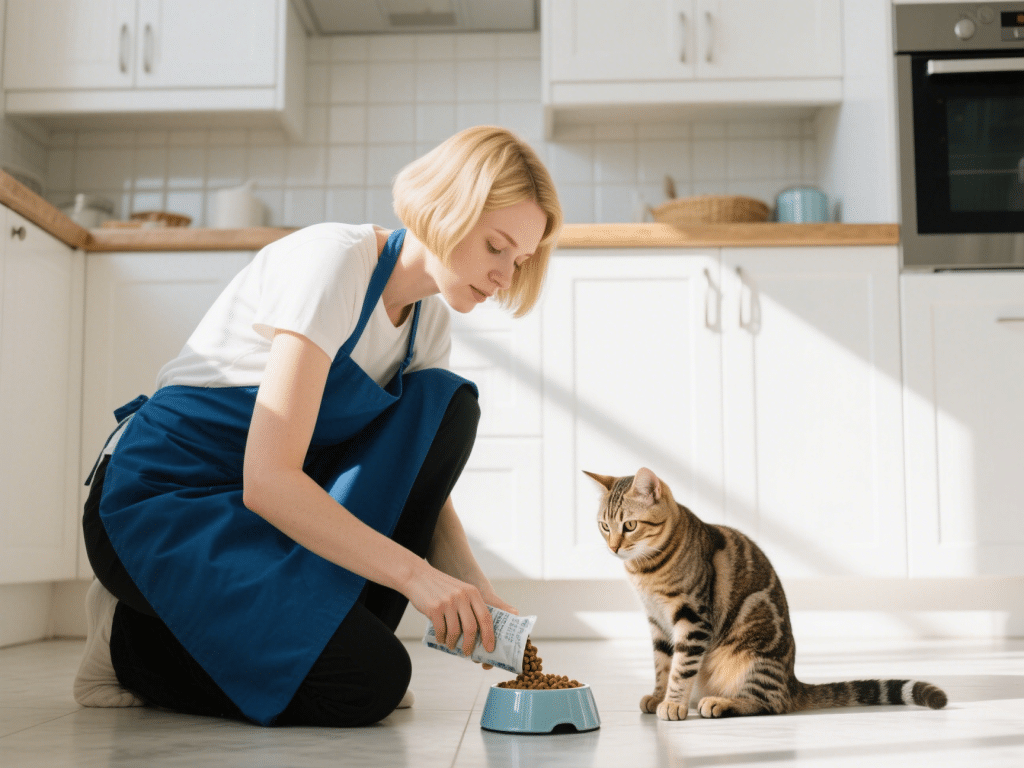
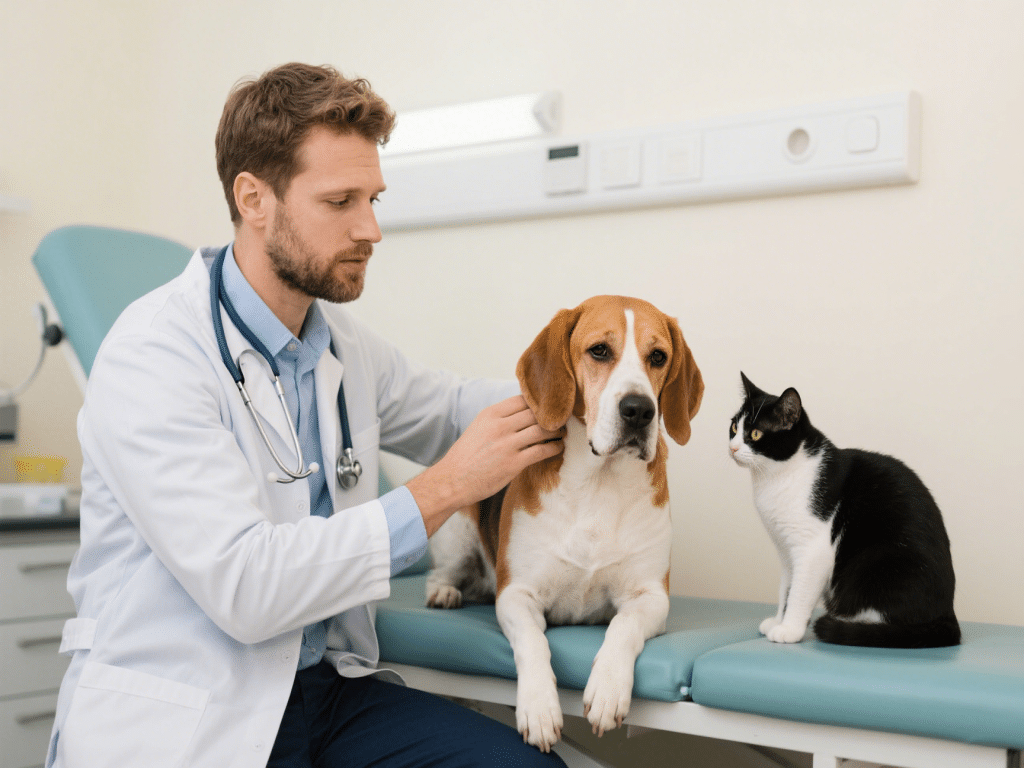

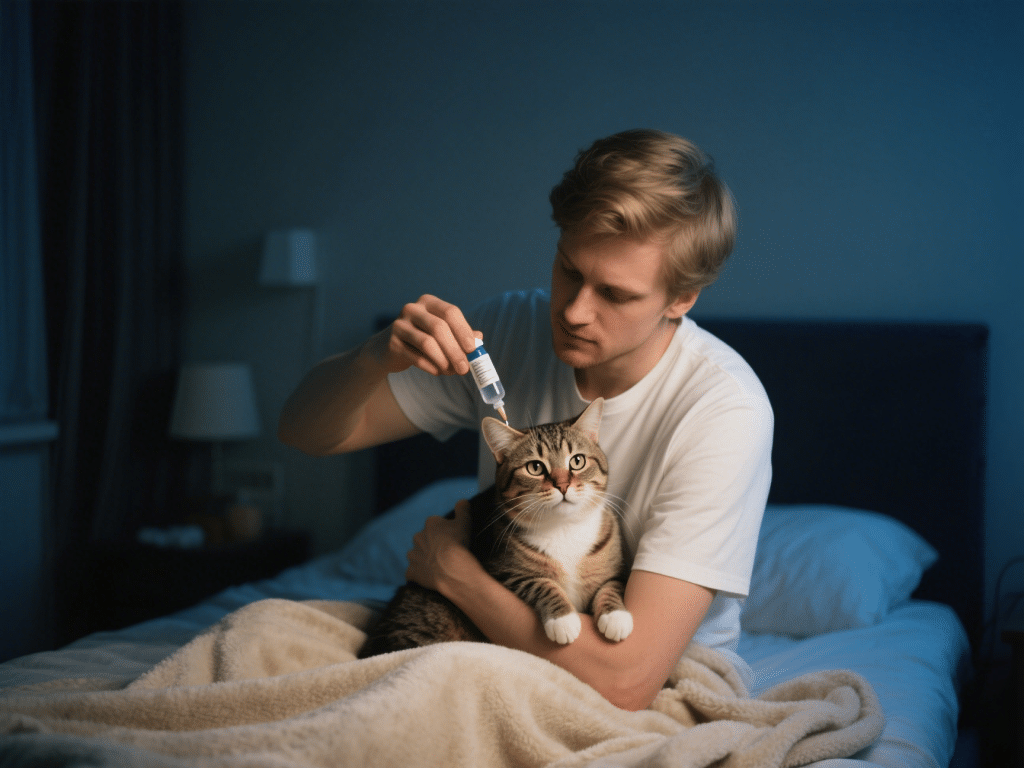


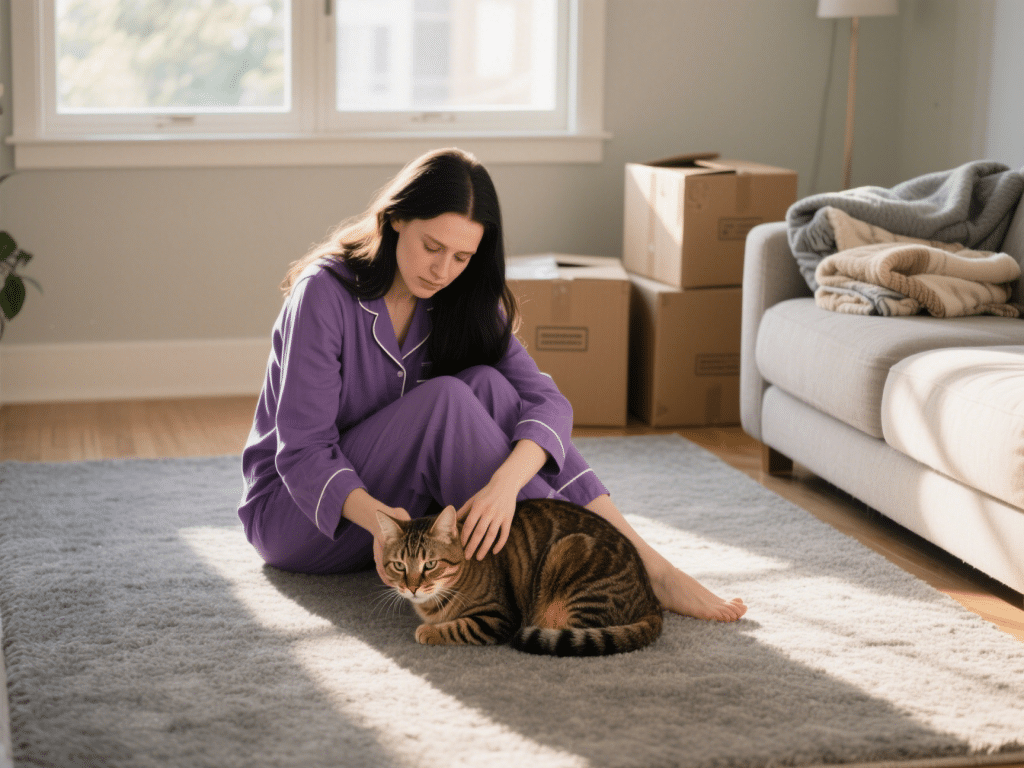
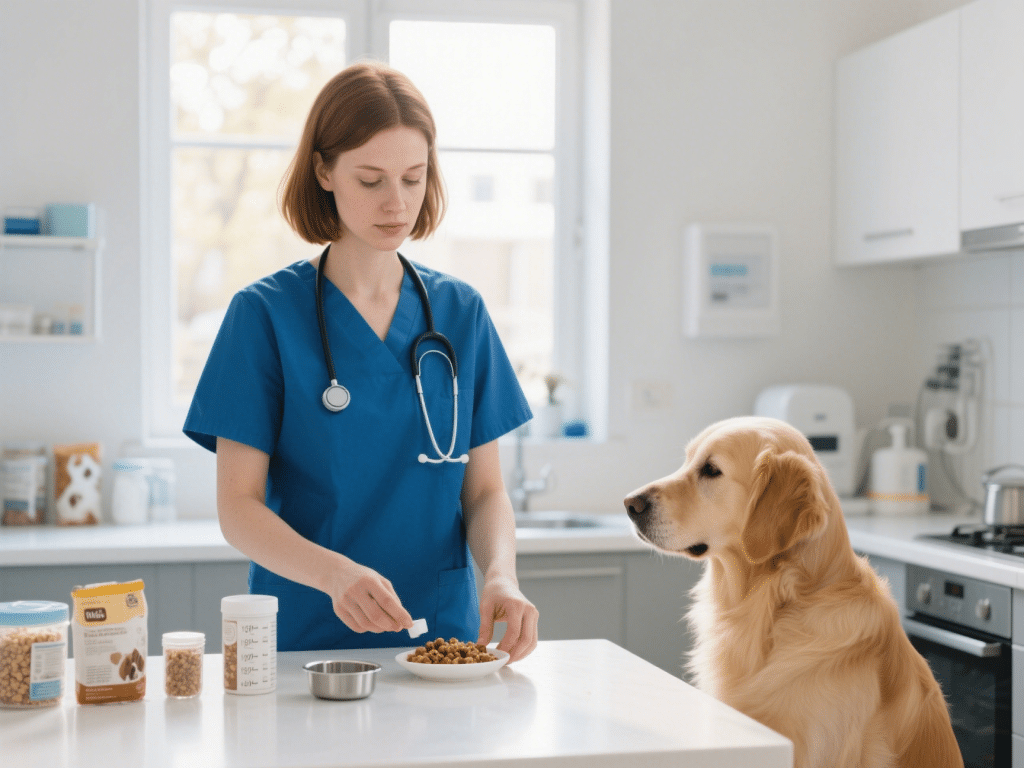

Comments on " Choosing the Right Feeding Schedule for Your Adult Cat" :